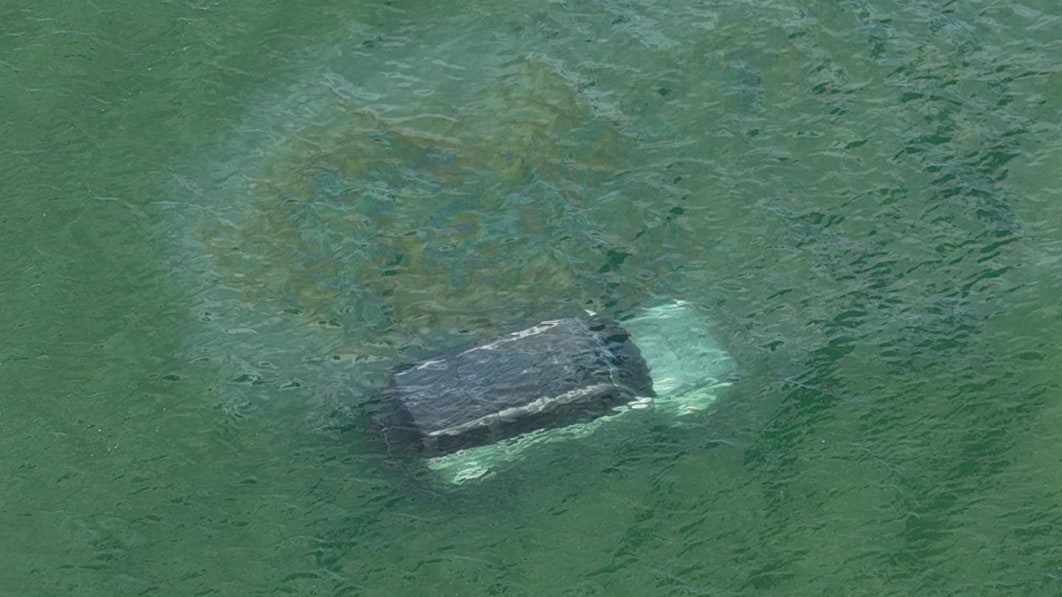Australian vehicle crash tests to include underwater performance

Vehicle safety testing has to evolve to keep up with the times. The amount of tech and driver assistance features in new cars is staggering, so crash tests must accommodate the upgrades. Australian testing authority ANCAP is making a surprising change to its crash test criteria: Starting in January 2023, it will test new vehicles on how well they perform underwater.
The tests help determine how easily a vehicle’s occupants can escape once the car has been submerged. For a vehicle to receive a five-star rating, it must be “escapable” for a period of time underwater. It sounds (and looks) silly to test cars for underwater performance, but the motivation behind the tests is sound. When a driver runs into a body of water, and the vehicle becomes submerged, water pressure and panic can make it nearly impossible to open car doors.
ANCAP’s testing requires that vehicle occupants be able to open the doors and roll down electric windows for up to 10 minutes after the car is submerged. Automakers with vehicles that don’t meet the new standards must provide a way for occupants to break or manually open the side windows.
Deaths from vehicle submersion are exceedingly rare in the United States. The National Highway Traffic Safety Administration (NHTSA) found that an average of 384 traffic deaths per year between 2004 and 2007 could be attributed to drowning. That number represented less than 1% of traffic deaths in the U.S. in 2007, so the frequency of such crashes is low. Even so, anyone who has experienced the terror of malfunctioning door locks and windows on dry land can imagine the absolute panic that would set in if the same thing happened underwater.
Perhaps more alarming are the numbers of new cars with retractable handles and fancy designs for opening doors. Several Tesla owners have complained that their door handles freeze in winter weather, and plenty of other automakers with similar designs are on the market.
Though the underwater testing standard is only just emerging in Australia, it wouldn’t be surprising to see a similar standard come to the United States. Vehicle safety testing criteria are updated somewhat regularly to include new tech and vehicle features, so it’s likely only a matter of time before we see similar testing.






